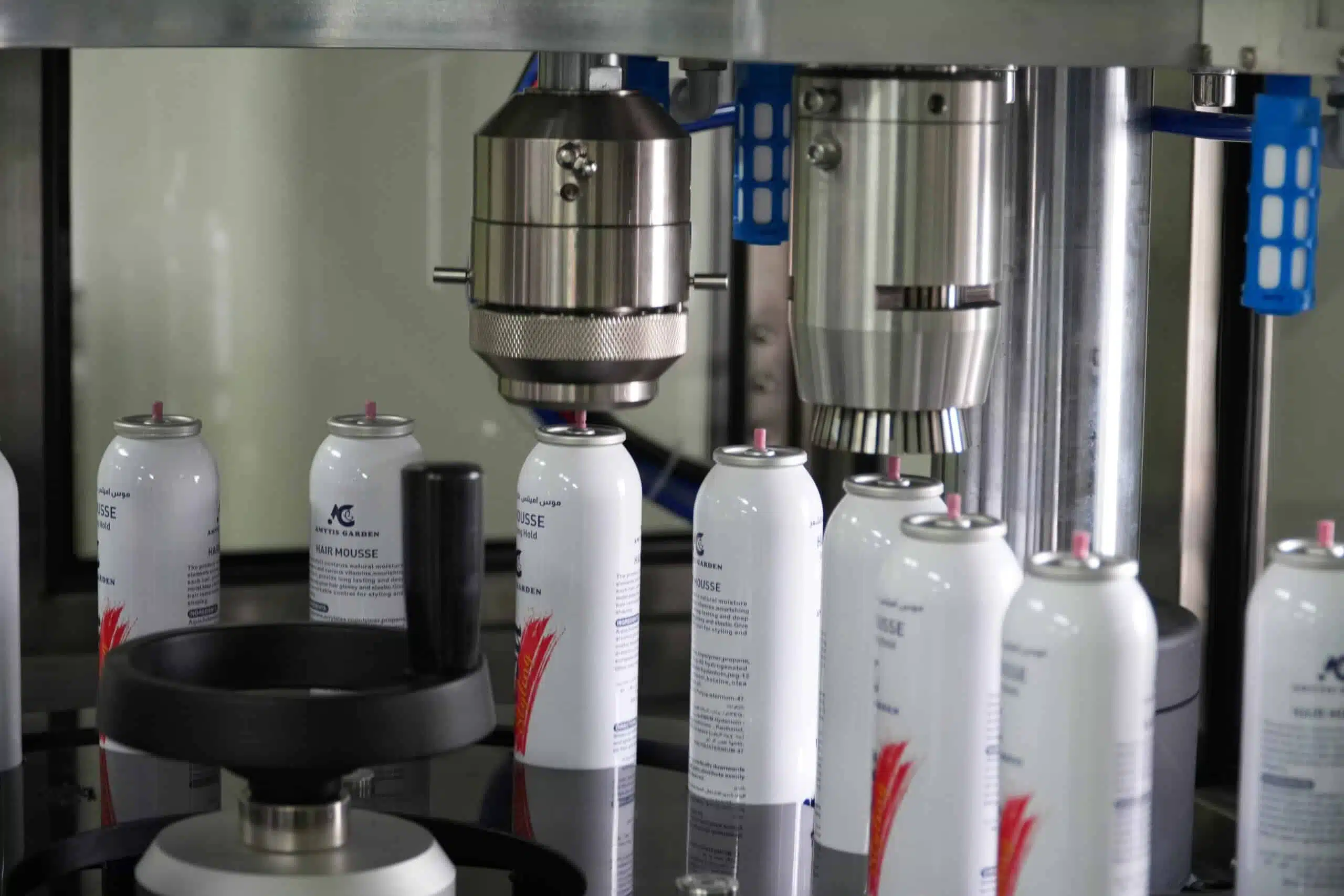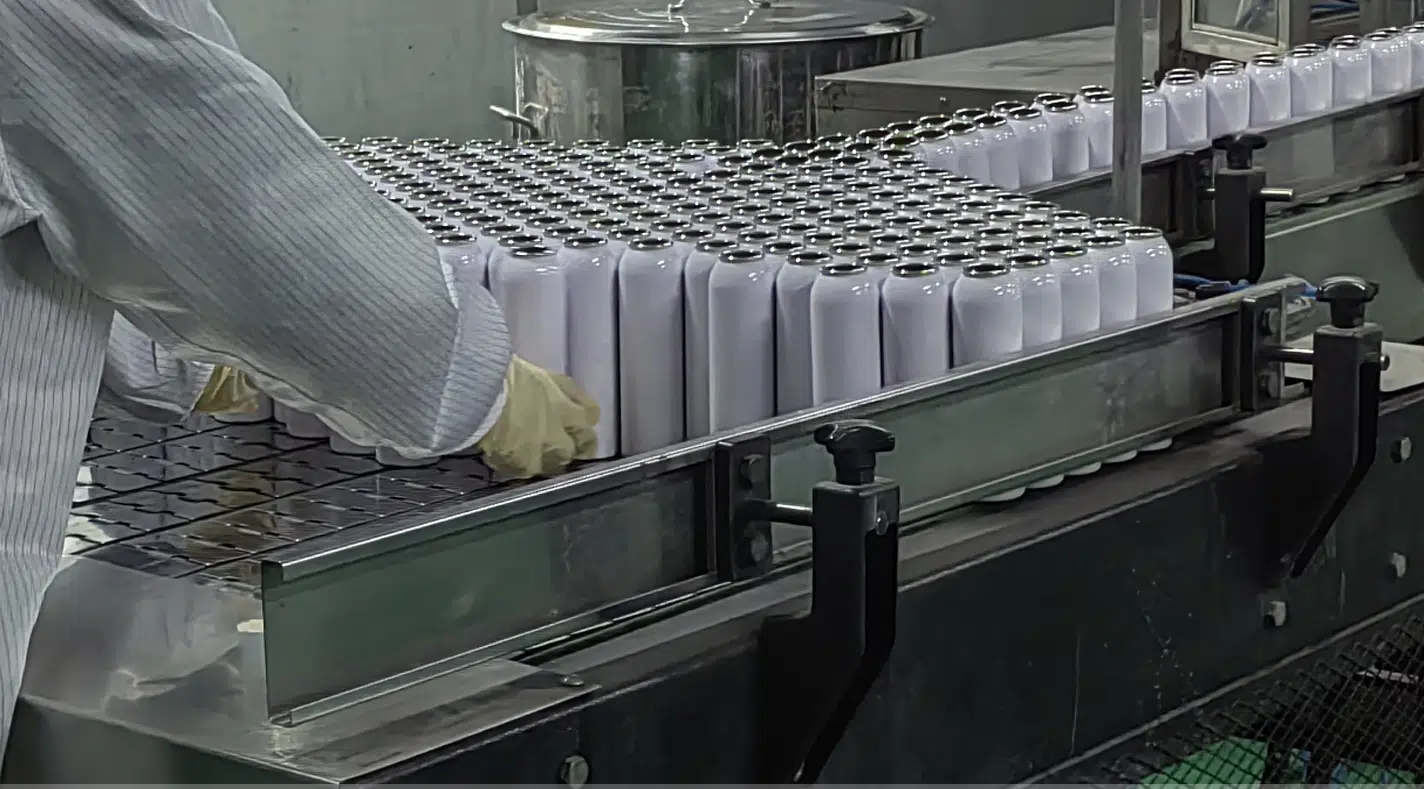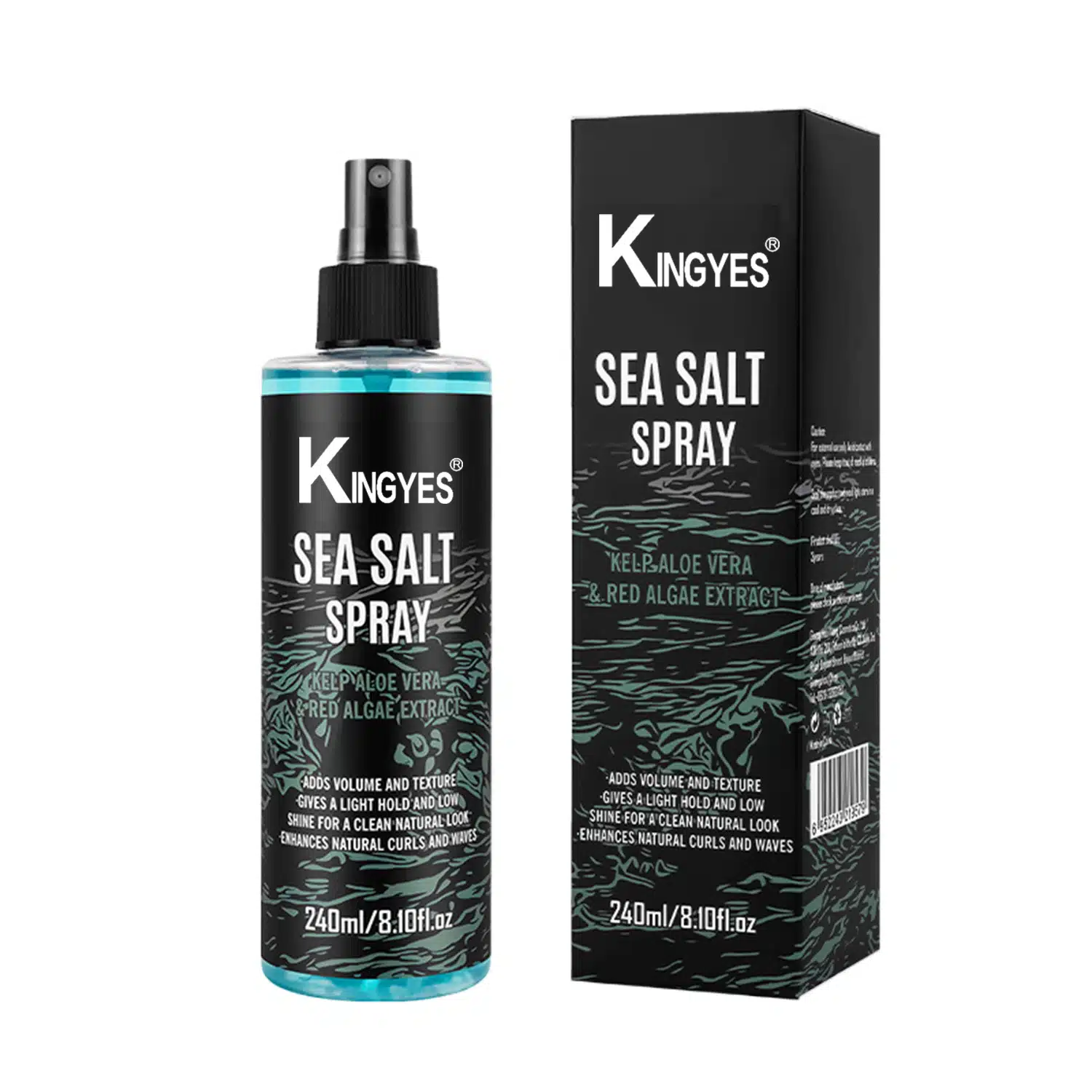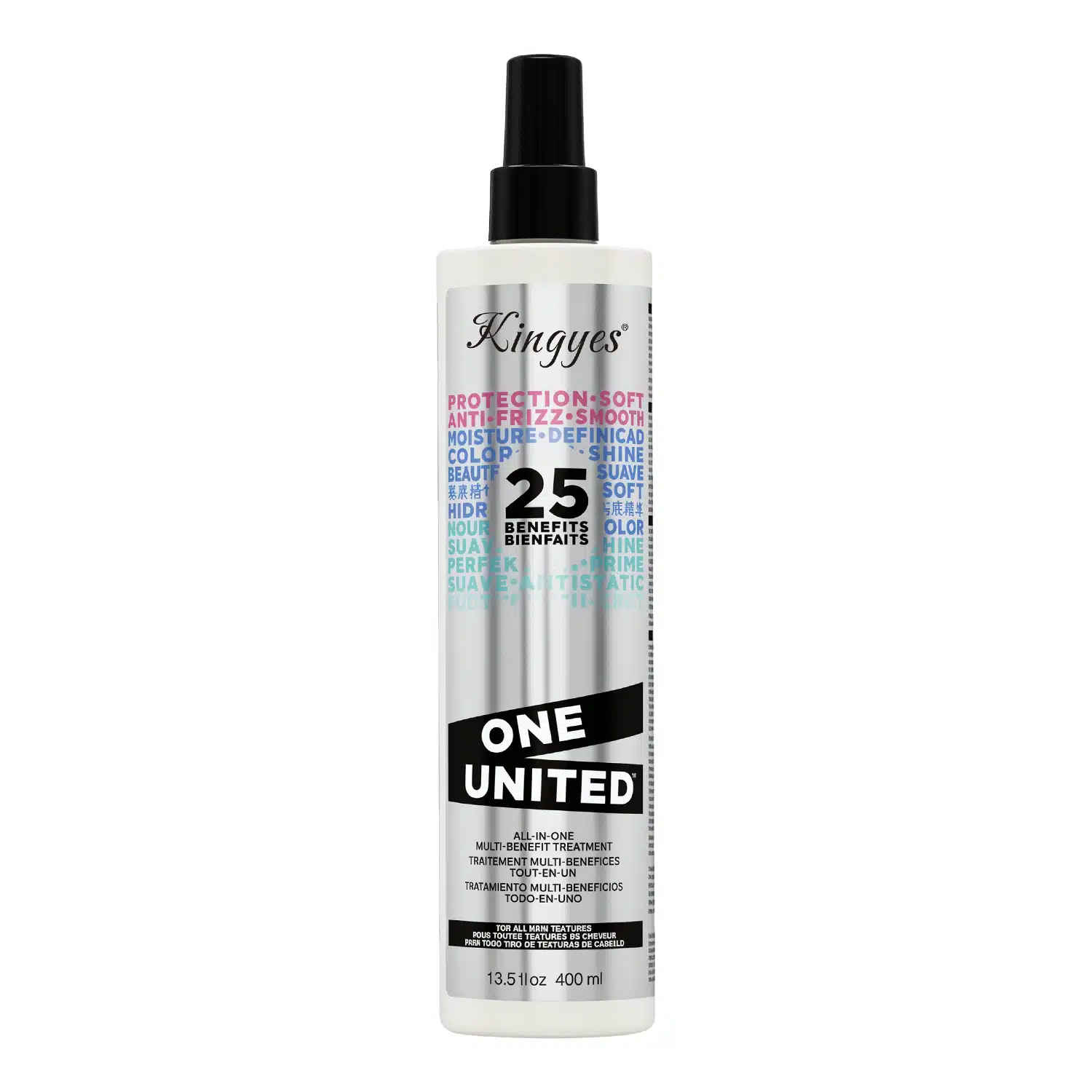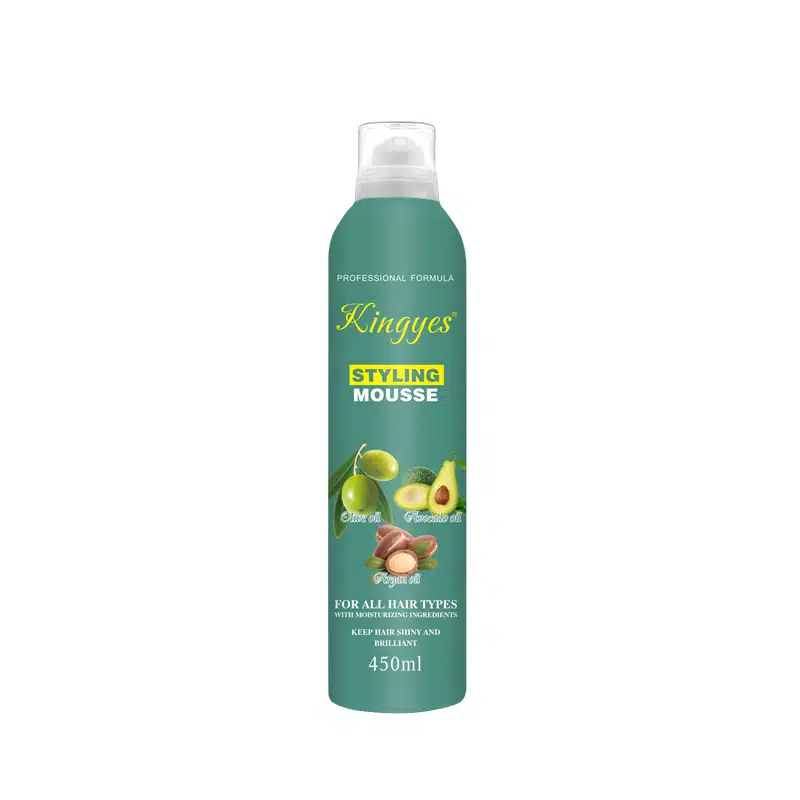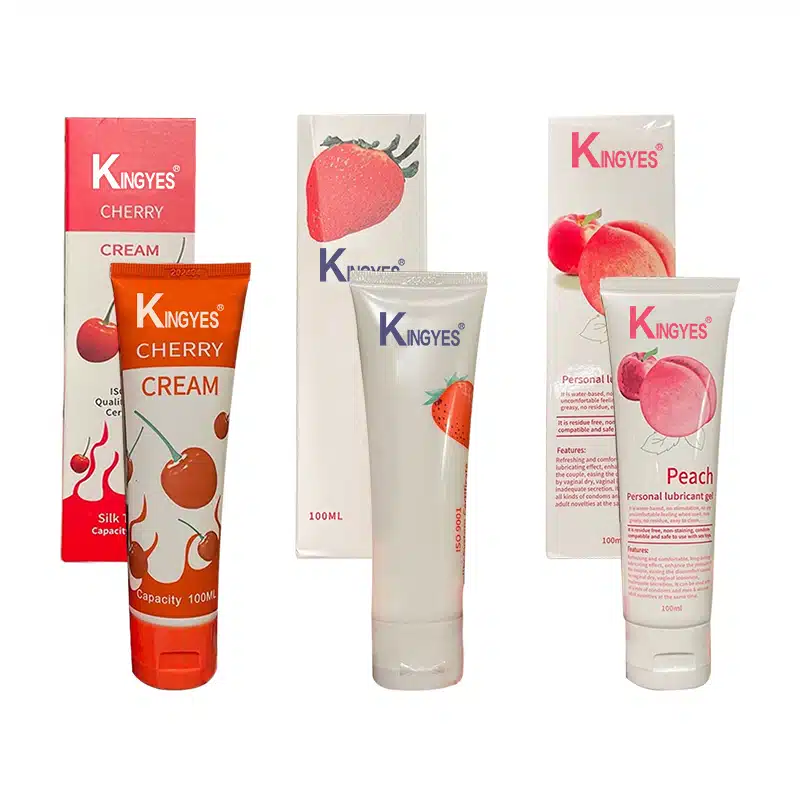
Cuál es el proceso de producción de aerosoles?
Índice
Desmitificar los aerosoles: ¿Cuál es el proceso de producción de aerosoles?
¿Te has preguntado alguna vez cómo aerosol de desodorante, laca para el pelo o pintura llega de la lata a, bueno, a todas partes? La respuesta está en el fascinante mundo de producción de aerosoles. Este proceso transforma líquidos y sólidos en una fina niebla o aerosolpor lo que son fáciles de aplicar y dispersar. Esta completa guía desglosa los producción de aerosoles proceso paso a paso, desde los componentes de un sistema de aerosol a los distintos métodos de fabricación. Exploraremos el papel de propulsoresla importancia de la válvulay cómo influyen diversos factores en producto final.
¿Qué es exactamente un aerosol? Definición científica
En aerosol es una suspensión de finas partículas sólidas o líquidas gotas en un gas. Piense que es como una nube diminuta contenida dentro de una lata. Los aerosoles incluyen muchos artículos domésticos comunes. Estas partículas o gotas suelen ser muy pequeñas, a menudo de menos de 100 micrómetros (µm) de tamaño, es decir, más pequeñas que la anchura de un cabello humano. En gas actúa como portador, permitiendo que las partículas se dispersard uniforme y eficaz. Por ejemplolaca para el pelo, desodorante, cocina aerosolpintura e insecticidas.
Aerosoles no se limitan a los productos envasados. También se producen de forma natural en el medio ambiente, como la niebla, la bruma, el polvo y el vapor de los géiseres. Formación de aerosoles puede producirse tanto por procesos naturales como actividades humanas. Fuentes humanas de aerosoles incluyen las emisiones industriales, los gases de escape de los vehículos y las prácticas agrícolas. Estas partículas desempeñan un papel importante en Clima terrestreinfluyendo en la formación de nubes y en la cantidad de luz solar que llega a la superficie.
Componentes clave de un Sistema de aerosol
En sistema de aerosolque suele encontrarse en latas de aerosolconsta de varios componentes clave que trabajan juntos para crear y dispense el aerosol:
- En Envase de aerosol: Suele ser una lata de metal (aluminio o acero estañado) diseñada para soportar la presión interna. La forma y el tamaño del recipiente varían en función del producto y del uso previsto.
- El concentrado de productos: Este es el ingrediente activo que desea dispenseComo la pintura, la laca o el insecticida. Puede ser un líquido, un sólido suspendido en un líquido o un polvo. El concentrado determinará el estructura del compuesto.
- En Propulsor: Se trata de un gas que proporciona la presión necesaria para expulse el producto concentrado de la lata. Propulsores puede ser propulsores de gas licuado o gases comprimidos. Más información en la siguiente sección.
- En Disolvente: A disolvente suele utilizarse para disolver el producto concentrado y garantizar que se mezcle correctamente con el propulsor. El tipo de disolvente utilizado depende del solubilidad y viscosidad del producto concentrado.
- En Válvula y actuador: Es el mecanismo que controla la liberación del producto. El sitio válvula es un pequeño e intrincado dispositivo que se abre y se cierra para regular el caudal, mientras que el actuador es el botón o boquilla que se pulsa para activar el aerosol. Uno de los aspectos más críticos componentes es el válvula.
Estos componentes trabajan en armonía para ofrecer un resultado controlado y uniforme. aerosol. La formulación y el diseño precisos de cada componente son fundamentales para el rendimiento y la vida útil del producto.
El papel de Propulsores en Aerosol Funcionalidad
En propulsor es la fuerza motriz de un aerosol. Es lo que crea la presión necesaria para expulse el producto concentrado de la lata y formar el aerosol. Existen dos tipos principales de propulsores utilizado en aerosoles:
- Licuado Propulsores de gas: Se trata de gases licuados a presión. Cuando el válvula se abre, la presión dentro de la lata cae, haciendo que el licuado gas para vaporizarse y expandirse rápidamente, forzando al producto concentrado a salir de la lata. Común propulsores de gas licuado incluir hidrocarburos como propano y butanoasí como éter dimetílico (DME).
- Comprimido Propulsores de gas: Son gases que permanecen en estado gaseoso incluso bajo presión. Algunos ejemplos comunes son dióxido de carbononitrógeno y óxido nitroso. Los gases comprimidos proporcionan una presión más constante en todo el vida útil del producto en comparación con los gases licuados.
La elección de propulsor depende de varios factores, entre ellos:
- El concentrado de productos: En propulsor debe ser compatible con el producto concentrado y no reaccionar químicamente con él.
- Deseado Pulverizador Características: Diferentes propulsores producen diferentes aerosol patrones y tamaño de las partículass.
- Normativa medioambiental: Algunos propulsorescomo los clorofluorocarbonos (CFC), se han eliminado progresivamente debido a sus efectos nocivos para el medio ambiente. ozono capa.
- Coste: El coste del propulsor puede ser un factor importante en el coste total de producción.
Es importante señalar que muchos propulsores de hidrocarburos son inflamablepor lo que se debe tener precaución al manipular y almacenar latas de aerosol.
Comprender la Válvula y actuador: El mecanismo de dispensación
En válvula y actuador son componentes cruciales de la sistema de aerosolcontrol de la liberación del producto y determinación de las características del aerosol. Válvula y actuador trabajar juntos. En válvula es un pequeño dispositivo de precisión situado en el interior de la lata, normalmente en la parte superior. Consta de varias partes, entre ellas:
- El cuerpo de válvulas: La carcasa principal del válvula.
- El tallo: Una pequeña pieza móvil que abre y cierra el válvula.
- La junta: Una junta que impide las fugas.
- La primavera: Proporciona la fuerza para cerrar el válvula cuando el actuador se libera.
- El tubo de inmersión: Un tubo que se extiende desde el válvula hasta el fondo de la lata, lo que permite aspirar el producto concentrado.
En actuador es la parte externa que el usuario pulsa para activar el aerosol. Está conectado al válvula tallo. Al pulsar el botón actuadorempuja hacia abajo el vástago, abriendo el válvula y permitiendo la propulsor y el producto concentrado fluya hacia el exterior.
El diseño del válvula y actuador influencias:
- Pulverizador Patrón: La forma y el tamaño del aerosol (por ejemplo, niebla fina, gruesa aerosolstream).
- Pulverizador Tarifa: Cantidad de producto dispensado por unidad de tiempo.
- Tamaño de las partículas: El tamaño del gotas o partículas en el aerosol.
Diferentes válvula y actuador diseños se utilizan para diferentes productos y aplicaciones. Por ejemplo, una niebla fina aerosol para lacas para el pelo requiere un válvula y actuador que una tosca aerosol para la pintura.
En Producción de aerosoles Proceso: Guía paso a paso
En producción de aerosoles también conocido como producción industrialimplica varios pasos cuidadosamente controlados para producto final es segura, eficaz y cumple las normas de calidad. He aquí un resumen simplificado:
Preparación del concentrado: El producto concentrado se prepara mezclando los ingredientes activos con cualquier disolventes, estabilizadores u otros aditivos. Este paso garantiza que el concentrado sea homogéneo y tenga las propiedades deseadas.
Llenado de envases: El vacío envase de aerosol se llena con el producto concentrado preparado. Normalmente hecho usando máquinas de llenado automático que garantizan un llenado preciso y uniforme.
Prensado de válvulas: En válvula se inserta en la abertura del recipiente y se fija en su lugar. De este modo se crea un cierre hermético que impide la fuga del propulsor y concentrado de producto.
Carga de propulsores: En propulsor se añade al contenedor a través de la función válvula. Esto puede hacerse de dos maneras:
- Llenado a presión: En propulsor se añade a presión, forzándolo a entrar en el recipiente.
- Relleno bajo la taza (UTC): En propulsor se añade al contenedor antes de el válvula se engarza en su lugar. Este método se utiliza a menudo para propulsores de gas licuado.
Pruebas y control de calidad: Paso 5El proceso de producción, junto con otros pasos, implica pruebas rigurosas. El relleno aerosol se comprueba la estanqueidad de las latas válvula función, aerosol características y presión. Esto garantiza que el producto cumple las normas de seguridad y rendimiento.
Colocación del actuador y la tapa: En actuador y una tapa protectora se colocan en el válvula tallo.
Etiquetado y envasado: Las latas se etiquetan con el nombre del producto, los ingredientes, las instrucciones de uso y las advertencias necesarias. A continuación, se envasan para su distribución.
Todo este proceso suele llevarse a cabo en un entorno controlado para evitar la contaminación y garantizar la consistencia del producto.
Métodos de fabricación:
En aerosol La industria dispone de dos métodos principales de llenado de envases de aerosoles que desempeñan un papel importante para garantizar la seguridad y la calidad de la producto final. Mira los dos principales métodos de llenado de aerosoles:
1. Llenado en frío:
Proceso:
- El concentrado de producto se enfría a una temperatura muy baja, normalmente por debajo del punto de ebullición del propulsor.
- A continuación, el concentrado refrigerado se introduce en el envase de aerosol.
- En válvula se engarza en el recipiente.
- En propulsor de gas licuadotambién refrigerado, se añade a través del válvula.
- Debido a que el concentrado y propulsor están frías, las propulsor permanece en estado líquido durante el llenado.
Ventajas:
- Adecuado para productos sensibles al calor.
- Puede utilizarse con una gama más amplia de propulsores.
Desventajas:
- Requiere equipos de refrigeración, que pueden ser caros.
- Proceso de llenado más lento en comparación con el llenado a presión.
- No apto para productos a base de agua que puedan congelarse.
2. Llenado a presión:
Proceso:
- El producto concentrado se introduce en el envase de aerosol a temperatura ambiente.
- En válvula se engarza en el recipiente.
- En propulsor (ya sea licuado gas o comprimido gas) se inyecta a través del válvula bajo alta presión.
- Para licuados gas esta presión hace que se licúe dentro del envase de aerosol
- Para comprimidos gascomo el nitrógeno, el CO2 y el N2O, sigue siendo una gas.
Ventajas:
- Proceso de llenado más rápido que el llenado en frío.
- No requiere equipo de refrigeración.
- Adecuado para una amplia gama de productos.
Desventajas:
- No apto para productos sensibles al calor o a la presión.
- Puede requerir una presión más alta propulsor, lo que puede aumentar el riesgo de ruptura de la lata.
Gaseado bajo la copa (UTC):
- UTC Gassing no es un método de llenado aerosol con producto. UTC es un método de propulsor cobrando.
- Propulsor se añade a la lata antes de el válvula se engarza en su lugar. Para ello se requiere un equipo especializado de gaseado.
- Se utiliza principalmente para propulsores inflamables.
- Se utiliza para obtener una proporción muy alta de propelente y producto.
La elección del método de llenado depende de varios factores, como el tipo de producto, la propulsor utilizado, el aerosol características y volumen de producción.
Control de calidad en Producción de aerosoles
El control de calidad es primordial en producción de aerosoles para garantizar la seguridad, eficacia y coherencia de la producto final. A lo largo de todo el proceso de fabricación, desde las materias primas hasta los productos acabados, se realizan pruebas rigurosas. Estas son algunas de las principales medidas de control de calidad:
- Inspección de materias primas: Todas las materias primas entrantes, incluidos los ingredientes del concentrado de producto, propulsores, disolventescontenedores y válvulasse inspeccionan para garantizar que cumplen las especificaciones.
- Pruebas en proceso: Durante el proceso de fabricación se toman muestras para comprobar la correcta mezcla, llenado y propulsor cobrando.
- Pruebas de estanqueidad: Relleno aerosol Las latas se someten a pruebas de estanqueidad para garantizar la integridad del envase y válvula. Para ello se suelen utilizar baños de agua o detectores electrónicos de fugas.
- Pulverizador Pruebas de patrón y velocidad: En aerosol Las características del producto acabado se comprueban para garantizar que cumplen las especificaciones deseadas. Esto incluye la medición de aerosol patrón, aerosol y tamaño de las partículas.
- Pruebas de presión: La presión interna del aerosol lata se mide para garantizar que está dentro de los límites de seguridad.
- Pruebas de funcionamiento del actuador: En actuador se prueba para garantizar que funciona correctamente y dispensa el producto de forma adecuada.
- Pruebas de estabilidad: Se almacenan muestras del producto acabado en diversas condiciones (por ejemplo, temperatura, humedad) para evaluar su estabilidad y vida útil.
- Pruebas microbiológicas: Para productos susceptibles de contaminación microbiana (por ejemplo, aerosoles que contienen agua), se realizan pruebas microbiológicas para garantizar que están libres de bacterias u hongos nocivos.
Estas medidas de control de calidad son esenciales para proteger a los consumidores y garantizar que aerosol los productos funcionen según lo previsto.
Consideraciones medioambientales: El impacto de Aerosoles
El impacto medioambiental de aerosoles ha sido una preocupación importante durante muchos años, principalmente debido al uso de clorofluorocarbonos (CFC) como propulsores. Se descubrió que los CFC agotan el ozono que protege a la Tierra de las radiaciones ultravioletas nocivas.
Gracias a acuerdos internacionales como el Protocolo de Montreal, los CFC se han eliminado en gran medida y se han sustituido por otros más respetuosos con el medio ambiente. propulsorescomo:
- Hidrofluorocarburos (HFC): Aunque los HFC no agotan el ozono Son gases de efecto invernadero potentes que contribuyen al cambio climático. También se está intentando reducir progresivamente el uso de HFC.
- Hidrocarburos (p. ej, propano, butano): Son más respetuosos con el medio ambiente que los CFC y los HFC, pero son inflamable.
- Gases comprimidos (por ejemplo, nitrógeno, dióxido de carbono): En general, se consideran benignas para el medio ambiente.
Además del propulsorel impacto medioambiental de aerosoles también depende de:
- El concentrado de productos: Algunos productos concentrados pueden contener compuestos orgánicos volátiles (COV) que contribuyen a la contaminación atmosférica.
- El contenedor: Aerosol Las latas suelen ser de metal, que es reciclable. Sin embargo, las tasas de reciclaje varían y algunas latas acaban en los vertederos.
- El proceso de fabricación: Producción de aerosoles pueden consumir cantidades significativas de energía y agua.
En aerosol La industria trabaja continuamente para reducir su huella medioambiental mediante el desarrollo de sistemas más sostenibles. propulsoresLa industria de la alimentación y la agricultura se beneficia del uso de materiales reciclados y de la mejora de los procesos de fabricación. Utilizando una combinación de comprimido gas e hidrocarburos puede disminuir la inflamabilidad.
Innovaciones y avances en Tecnología de aerosoles
Tecnología de aerosoles está en constante evolución, con una investigación y un desarrollo continuos que conducen a nuevas innovaciones y mejoras. Algunos avances recientes son:
- Tecnología Bag-on-Valve (BOV): Esta tecnología separa el producto concentrado del propulsor colocando el producto en una bolsa dentro de la lata. El sitio propulsor se llena en el espacio entre la bolsa y la lata, proporcionando presión para dispense el producto. BOV ofrece varias ventajas, incluyendo:
- Reducción del uso de propulsor.
- Capacidad de dispense el producto en cualquier ángulo.
- Mejor conservación del producto.
- Menor necesidad de conservantes.
- Nuevo Propulsor Formulaciones: Los investigadores están desarrollando nuevos propulsores que tienen menor potencial de calentamiento global y son menos inflamable.
- Mejorado Válvula y Actuador Diseños: Innovaciones en válvula y actuador tecnología están llevando a una mayor precisión aerosol control, reducción de los atascos y mejora de la experiencia del usuario.
- Micropulverizadores: Los micropulverizadores utilizan boquillas muy pequeñas y partículas artificiales.
- Envases sostenibles: Aerosol Los fabricantes están explorando el uso de materiales de envasado más sostenibles, como el aluminio reciclado y los plásticos de origen vegetal.
- Digital Aerosoles: Algunas empresas están desarrollando aerosol sistemas que utilizan controles electrónicos para dispense cantidades precisas de producto.
Estos avances están haciendo aerosoles más eficiente, respetuosa con el medio ambiente y fácil de usar.
El futuro de Producción de aerosoles: Tendencias y previsiones
El futuro de producción de aerosoles estará determinado por varias tendencias clave:
- Sostenibilidad: La demanda de productos sostenibles aerosol de productos seguirá creciendo, lo que impulsará el desarrollo de productos más respetuosos con el medio ambiente. propulsoresy los procesos de fabricación.
- Personalización: Los consumidores buscan cada vez más productos personalizados, y tecnología de aerosoles se está adaptando para satisfacer esta demanda. Prepárese para ver más servicios personalizados aerosol productos, como fragancias o lacas personalizadas.
- Inteligente Aerosoles: Digital aerosol Es probable que se generalicen los sistemas con controles electrónicos y conectividad, que ofrecen funciones como dosificación precisa, seguimiento del uso y reordenación automática.
- Nuevas aplicaciones: Tecnología de aerosoles se está explorando para nuevas aplicaciones más allá de los productos de consumo tradicionales, como la administración de fármacos, los dispositivos médicos y los revestimientos industriales.
- Centrarse en la seguridad: En aerosol La industria seguirá dando prioridad a la seguridad, con esfuerzos constantes para reducir el riesgo de rotura de latas, inflamabilidad y exposición a sustancias químicas nocivas.
En aerosol está preparada para seguir innovando y creciendo, impulsada por la demanda de los consumidores, los avances tecnológicos y una creciente atención a la sostenibilidad.
Tabla de propulsores
| Tipo de propulsor | Ejemplos | Ventajas | Desventajas |
|---|---|---|---|
| Propulsores de gas licuado | Propano, butano, DME | Alto índice de entrega, buena solvencia, relativamente barato. | Inflamable, contribuye a las emisiones de COV. |
| Propulsores de gas comprimido | Nitrógeno, dióxido de carbono | No inflamable, respetuoso con el medio ambiente, presión constante. | Menor caudal, puede requerir mayor presión, puede ser más caro. |
| Hidrofluorocarburos (HFC) | HFC-134a, HFC-152a | No inflamable, no agota la capa de ozono. | Potentes gases de efecto invernadero. |
| Clorofluorocarburos (CFC) | CFC-11, CFC-12 | No inflamable, buena solvencia (históricamente utilizado, en gran parte prohibido). | Agotar la capa de ozono (en gran medida eliminada gracias a los acuerdos internacionales). |
Tabla de etapas de la producción de aerosoles
| Paso | Descripción | Consideraciones clave |
|---|---|---|
| Preparación del concentrado | Mezcla de ingredientes activos con disolventes, estabilizantes y otros aditivos. | Homogeneidad, estabilidad y compatibilidad de los ingredientes. |
| Llenado de contenedores | Llenar el envase de aerosol vacío con el producto concentrado preparado. | Precisión, coherencia, evitar la contaminación. |
| Prensado de válvulas | Insertar y engarzar firmemente el conjunto de la válvula en el recipiente. | Cierre hermético, funcionamiento correcto de la válvula. |
| Carga de propulsante | Añadir el propelente al recipiente a través de la válvula (llenado a presión) o antes del engaste de la válvula (UTC). | Seguridad, cantidad exacta de propelente, mezcla adecuada con el concentrado. |
| Pruebas y control de calidad | Pruebas de estanqueidad, funcionamiento de las válvulas, características de pulverización y presión. | Cumplir las normas de seguridad y rendimiento, identificar y rechazar las unidades defectuosas. |
| Colocación del actuador y la tapa | Fijación del actuador y de una tapa protectora al vástago de la válvula. | Ajuste adecuado, funcionalidad, prevención de descargas accidentales. |
| Etiquetado y envasado | Etiquetado de latas con información sobre el producto y envasado para su distribución. | Cumplimiento de la normativa, etiquetado claro y preciso, protección durante el transporte y el almacenamiento. |
10 aspectos clave de la producción de aerosoles
- En aerosol es una suspensión de finas partículas sólidas o líquidas gotas en un gas.
- Aerosol Los sistemas suelen constar de un recipiente, un concentrado de producto, propulsor, disolventey válvula y actuador.
- Propulsores proporcionan la presión para expulse el producto y crear el aerosol.
- Licuado propulsores gaseosos vaporizar cuando el válvula se abre, mientras que el comprimido propulsores gaseosos permanecen gaseosos.
- En válvula y actuador controlar la liberación del producto y determinar la aerosol características.
- En producción de aerosoles El proceso implica varios pasos, como la preparación del concentrado, el llenado de los envases, válvula prensado, propulsor carga, pruebas y envasado.
- El control de calidad es crucial para garantizar la seguridad, eficacia y coherencia de los productos. aerosol productos.
- En aerosol La industria se esfuerza por reducir su impacto ambiental utilizando métodos más sostenibles. propulsores y envasado.
- Innovaciones en tecnología de aerosoles incluyen sistemas de bolsa sobre válvula, nuevos propulsor y formulaciones mejoradas válvula y actuador diseños.
- El futuro de producción de aerosoles La sostenibilidad, la personalización, la inteligencia aerosolesy nuevas aplicaciones.
Comentarios

¿Para qué se utiliza el spray en el cabello?
¿Siente curiosidad por conocer la magia que se esconde detrás de los días de cabello impecable?
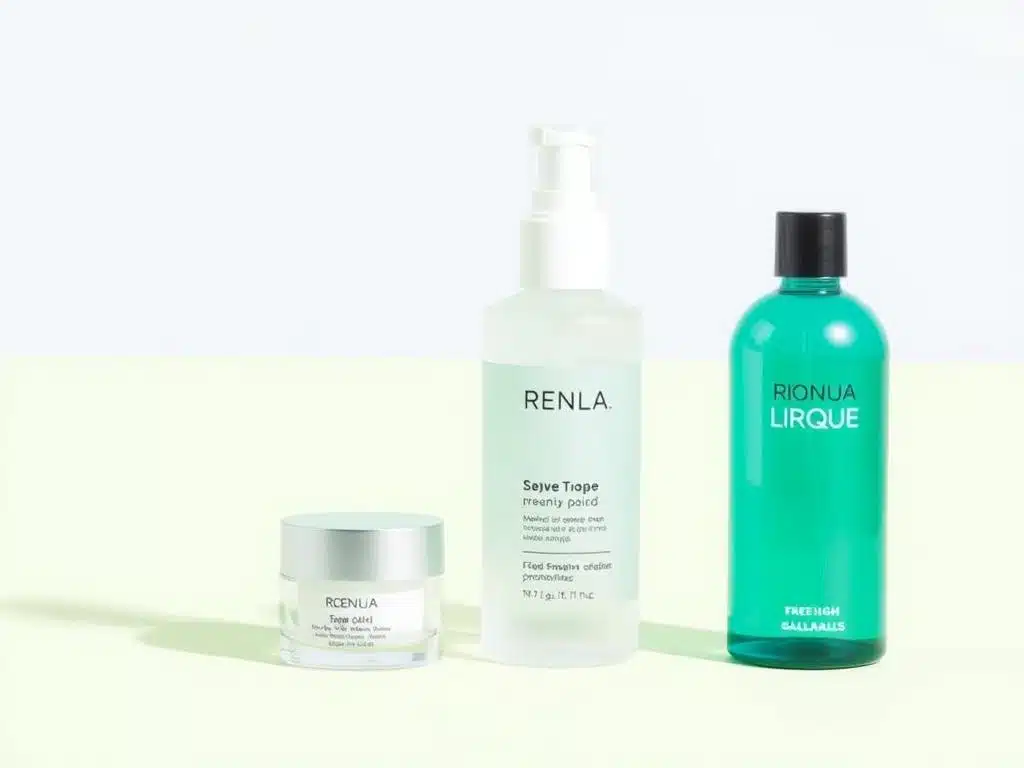
¿Cuáles son los 3 ejemplos de productos cosméticos?
El mundo de la cosmética es vasto y variado, y abarca una amplia gama de productos diseñados para realzar la belleza, limpiar y modificar el aspecto.

¿Cuándo debo usar espuma para el pelo?
¿Alguna vez te has preguntado cuándo debes echar mano de ese bote de espuma para el pelo para realzar tu peinado?
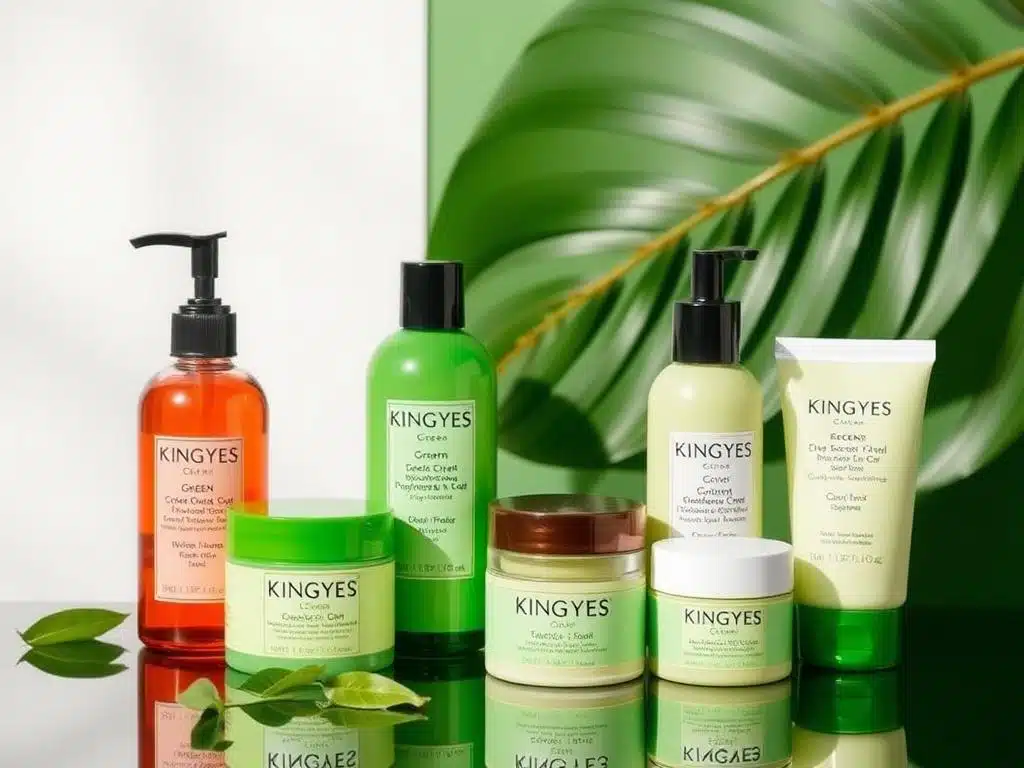
¿Qué son los productos cosméticos ecológicos?
La demanda de belleza sostenible y natural está en auge.
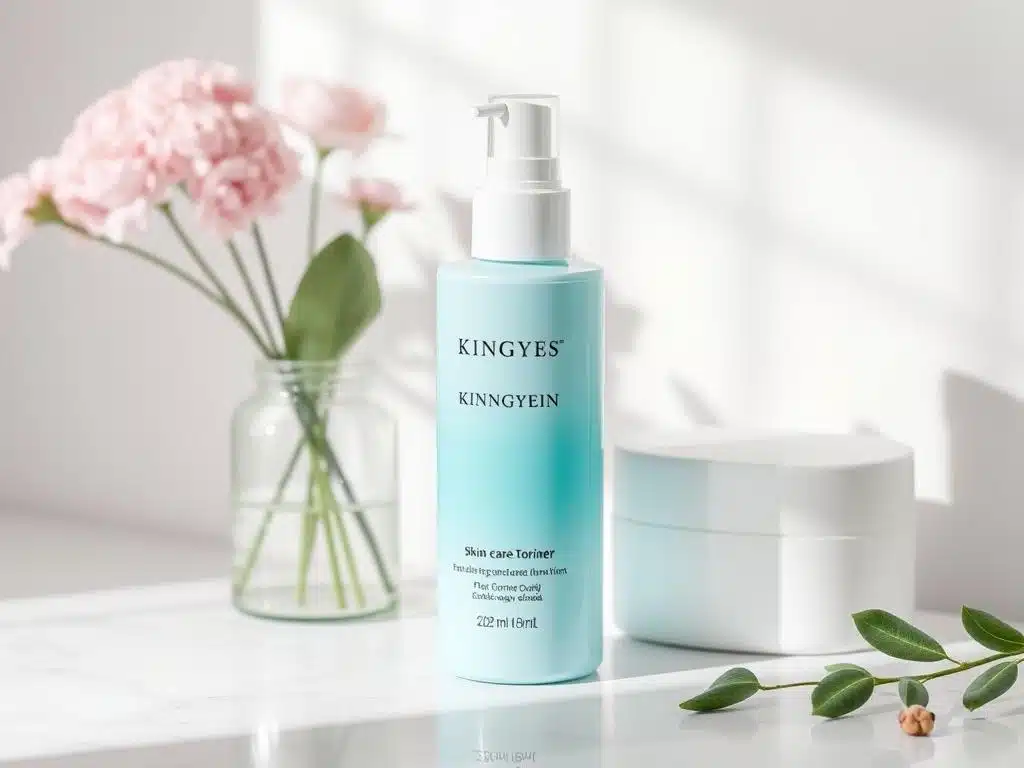
¿Qué es un tónico para el cuidado de la piel?
En el creciente mundo del cuidado de la piel, los tónicos se han convertido en un elemento básico de muchas rutinas de belleza.
- +86 151 1839 7303
- [email protected]
- L-D 07:00-23:00
Etiquetas
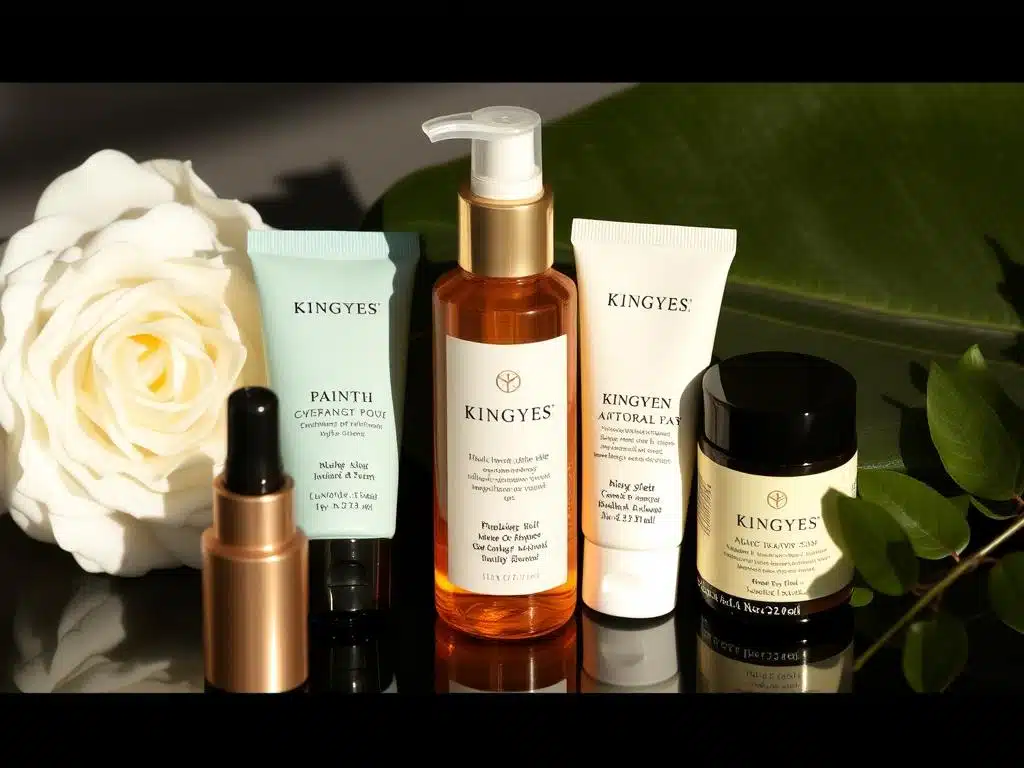
¿Cómo vender cosméticos en WeChat?
¿Está preparado para entrar en el mayor mercado mundial de la belleza?

¿Cómo vender cosméticos en Shopee?
¿Quiere vender cosméticos y entrar en el floreciente mercado del comercio electrónico del Sudeste Asiático?

Cómo cooperar con las fábricas de cosméticos?
En el dinámico y competitivo sector de la belleza, asociarse con el fabricante de cosméticos adecuado es primordial para el éxito de su negocio de cosméticos.

